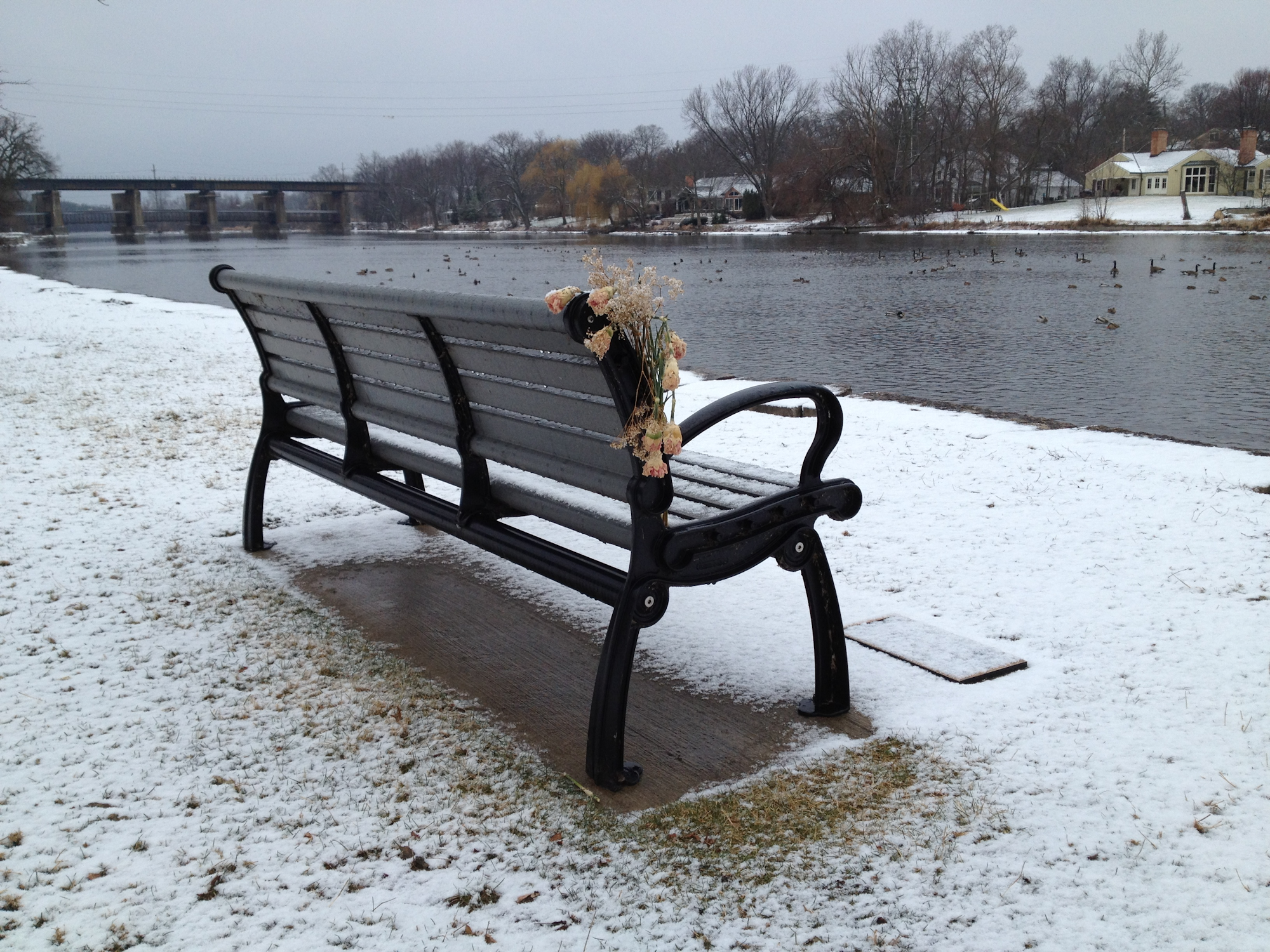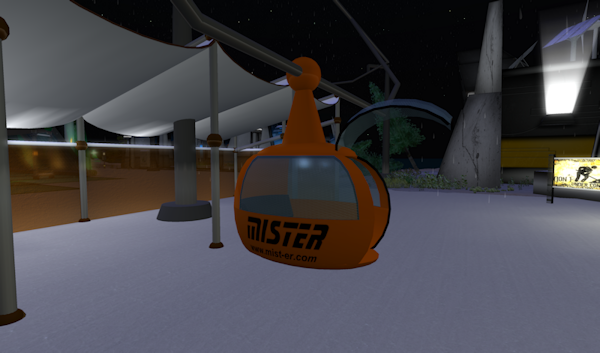Day 62
Bus Rapid Transit
Today a few of our staff attended a meeting at Sherman Hospital in Elgin. The county arranged for the meeting to discuss bus rapid transit (BRT) along the Randall road corridor. It was a well attended discussion that lasted for most of the morning. A representative began the presentations by highlighting information about the new hospital. They have a 15-acre geothermal lake for heating/cooling that has saved them $1 million in operating costs annually. (You can read more cool facts about the lake here http://www.shermanhealth.com/geothermal_lake.php)
Next Kane county board chairman Karen McConnaughay summarized the county's work and vision for Randall road. Then Josh Ellis from the Metropolitan Planning Council shared with us his organization's work with studying bus rapid transit in Chicago. Earlier this year they released the report: Bus Rapid Transit: Chicago's New Route to Opportunity . His explanation of how they identified potential corridors was interesting and made sense.
Next up was the consultant who has been studying the implementation of bus rapid transit along Randall road – a long transportation corridor that links many of the larger communities in Kane County. It's interesting to me as someone who just moved back into the area a few years ago to listen to these studies and recommendations, remember what the corridor used to look like 30 years ago, then hear the background story of how Randall road developed. Many, many years ago when I lived and worked for the city of Aurora, I used to occasionally drive along Randall road to visit parks and the fairground. So I remember the rural character of the road that existed before development broke loose out here. Having left the area about 1985, I never saw how the road expanded to a four-lane urban section with major big-box stores replicated along it from Aurora to Elgin. But I've been told there was great effort put into making sure the corridor was streamlined for the movement of cars to the point of designing out pedestrian access. These past efforts seemed to have worked – the road moves a tremendous number of cars on a daily basis. However, it most definitely is not conducive to moving peds/bikes. And unfortunately, all those stores and amenities are huge attractions for the large population living on the other side – particularly teens who can't drive (I know from personal experience with my own children). Over the last few years, attempts have been made to bring the pedestrian back into the mix by adding sidewalks and a bus route with stops. But the pedestrian infrastructure has a long way to go, and that doesn't help with navigating the long distances between shopping centers. So, to summarize, the current trend is to "undo" the "success" of initial, car-centric development efforts in the corridor.
After hearing from the county's consultant, we broke into groups to further discuss the feasibility of implementing BRT in the corridor. Everyone seemed to conclude that yes, it could work, but… I think the "but" shows the success of BRT will be dependent on the market, the understanding and acceptance by the city governments and the public, the funding, and the specific characteristics of each area along the corridor. One key change that will have to occur is for the corridor to change from a sprawling retail center to an area of high density, mixed-use developments. This is because BRTs are dependent on the presence of a large population in need of transit. So the question is, do people want this part of their community to transition to a densely populated area with a mix of other uses in order to improve movement of pedestrians along the corridor? It's hard to say.
Finally, the morning ended with planners from PACE demonstrating the current challenges of navigating the current bus system along Randall road. The problems include a lack of shelters, sidewalks, and navigation aids. Fortunately there are plans to install shelters and sidewalks next year so this will greatly improve the experience.
Overall, readers of my blog can probably figure out what was on my mind the whole time – PRTs! or personal rapid transit. With the cost of BRTs at $2.5 to $24 million per mile, it definitely should be cost effective to instead implement a PRT system, and it would be less intrusive to the corridor. There are other benefits over a BRT such as not having to wait for a bus or learn a schedule and not having to tolerate a packed bus with no where to sit or place bags, and I am not so sure a PRT would require the change to high density. But of course, this is what is so frustrating about being in the US – most people here want to hang onto old technology while other countries are already implementing newer and better solutions that we refuse to even acknowledge. What makes it even more frustrating in this situation is that we were not talking about putting in a BRT system today – this is our county's vision for 2040! By that time, every other country in the world will have a PRT system, and we'll just be cutting the ribbon on a new BRT system. Oh well, I embedded a video showing the new PRT system at Heathrow. Maybe by 2040, I'll be retired and can move to a place like England!
Downtown Plan
After lunch we had another meeting to finish reviewing our downtown plan. There are a lot of changes we've made to the draft so the consultant will have a lot of work to revise it. Of course, the focus of our department is more on the transportation sections, but it's still interesting to listen and learn about the zoning and economic development side of it all.
APWA Meeting
At the end of the day I met with a few members of our local chapter of APWA. We have all volunteered to help out at a workshop that APWA will host on November 10th to teach team building and problem solving skills. It was a good and fun discussion, and everyone came up with great ideas to integrate into the day. If you are in the Chicago area and are interested in attending, the link to the information is here: Team Building and Problem Solving Skills
One side discussion that came up at our meeting was the lack of engineers in the US compared to other countries. Although we didn’t get into a lot of theories of why this is, I have to wonder if it does have something to do with what I mentioned in the BRT paragraphs above – the US is behind other countries in investigating and implementing new technology. I realize this is not in every industry, and from what I can tell, our military is impressively cutting edge. But these pockets of innovation don’t get transferred to the lives of the general public.
One suggestion I had made at the BRT meeting was to take the discussion into the schools – after all if they are talking about something for the year 2040, it’s the people in school now who may well be weighing in on the fate of Randall road. Better to have them aware of it and thinking about it now. And maybe it might get some interested in pursuing a career in transportation. But few seem interested in doing this or in seeing the benefits of involving schools in what we do. So we end up with kids in school who see adults implementing the same old solutions, avoiding innovation, and leaving them out of the discussion. Why in the world would they be interested in engineering! However, I realize there’s also the chance that places like China have more engineers because they are making kids study engineering. My co-worker is from there, and she said she had no choice what to study or where to work – that was all decided for her by the government.
On a lighter note, I did discover one of the other volunteers also plays World of Warcraft which also started a whole other side conversation!



